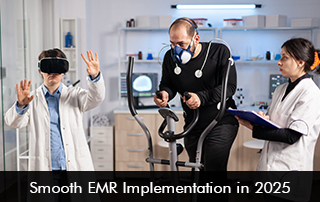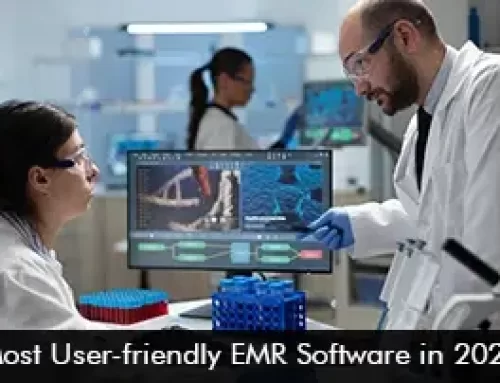Bringing in EMR Software in 2025 calls for a well-thought-out game plan to keep things running smoothly and make the most of it. With all the technical changes happening, healthcare organizations need to get savvier about planning and working together for a seamless shift. Here are four key moves to help users complete a successful Electronic Medical Records (EMR) Software setup.
Setting Clear Objectives and Selecting the Appropriate EMR Software Vendor
Before implementation, providers must pinpoint the main goals behind adopting EHR Software, be it enhancing patient documentation, increasing billing precision, or boosting care coordination. Pinning down these objectives aids in picking a vendor whose product aligns with your unique requirements.
Come 2025, a plethora of EMR Software vendors will be offering customizable systems equipped with tools tailored for specialty practices, virtual care, and AI integration. Make it a priority to go for vendors who provide robust support, adhere to regulations like HIPAA, and deliver an intuitive interface to facilitate smoother workflows.
Get Your Team On Board Early and Offer EHR Software Training
A major reason why new software systems don’t take hold is that users aren’t prepared. Bringing doctors, nurses, billing members, and support staff into the loop right from the start helps them grasp why the EHR software matters and lets them share what they need it to do in their day-to-day. Thorough training is a must—top-notch EMR Systems providers in 2025 usually give live online sessions, on-demand videos, and practice simulations. When the team feels comfortable using the software, they’ll embrace it more readily and do their jobs better.
Handle Data Migration with Care and Test the EMR Software System
It’s crucial to manage data migration meticulously to prevent losing vital patient details. Collaborate with IT specialists or the EHR software provider to devise and implement a safe migration plan. Before launch, rigorously assess the system’s features—like appointment setting, electronic prescriptions, and patient portal usage—to identify any mistakes. Implementing a phased rollout or pilot period is advisable, enabling real-time tweaks.
Monitor Progress and Get Input
Even once the Electronic Medical Records Software is up and running, the process continues. Keep an eye on important metrics such as documentation time, how satisfied patients are, and how quickly billing gets done to see what effect the changes are having. Ask team members about their feedback on the EHR Software. These days, a lot of EMR Systems have dashboards that show analytics in real-time, which makes it easier for leaders to make decisions based on data to streamline processes.
Moving Ahead
To ensure a smooth EMR software roll-out in 2025, healthcare practices need to focus on planning, staff training, thorough testing, and continuous oversight. Getting the right team on board, selecting a trustworthy software vendor, and utilizing the latest support tools will be key to a seamless transition, allowing practices to fully leverage the benefits of digital healthcare.







